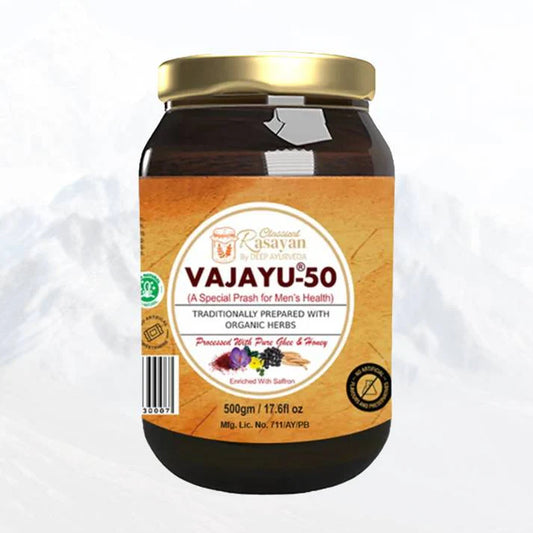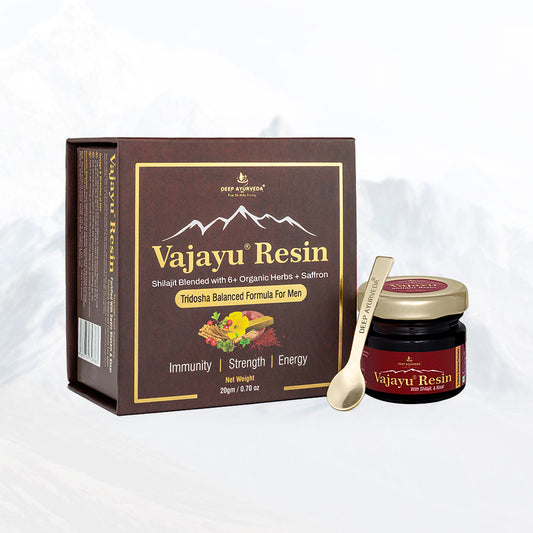In today’s fast-paced world, where most of us spend long hours sitting at desks or hunched over screens, poor posture has become a common issue. Misalignment of the spine not only causes discomfort but can also lead to chronic pain, reduced mobility, and even long-term spinal conditions.
Fortunately, Ayurveda, the ancient system of natural healing, offers powerful insights and remedies for maintaining a healthy spine and promoting proper posture. By understanding the body’s constitution and aligning with nature’s rhythms, Ayurveda encourages holistic healing that addresses both physical and mental well-being.
In this blog, we will explore some of the best Ayurvedic tips for improving posture and keeping your spine healthy.
The Ayurvedic View of Posture and Spine Health
According to Ayurveda, the health of the spine is deeply connected to the balance of the Vata, Pitta, and Kapha doshas, as well as the overall health of the body’s tissues (dhatus), particularly the bones (Asthi) and muscles (Mamsa). A well-aligned spine indicates balance and harmony within the body’s internal systems, while poor posture often arises from imbalances in one or more doshas.
-
Vata dosha governs movement, flexibility, and the nervous system. An excess of Vata can cause rigidity and weakness in the spine, leading to misalignment and discomfort.
-
Pitta dosha is responsible for metabolism and digestion, and an imbalance can lead to inflammation or overheating, affecting the joints and muscles surrounding the spine.
-
Kapha dosha controls stability and structure. If Kapha is out of balance, it can result in excess weight and sluggishness, contributing to poor posture and back pain.
In Ayurveda, spine health is not just about the physical structure but also involves ensuring mental and emotional balance. Stress, anxiety, and emotional imbalances can lead to physical strain on the spine, especially in the neck and lower back.
1. Follow a Daily Ayurvedic Routine (Dinacharya)
One of the core principles of Ayurveda is establishing a balanced daily routine (Dinacharya) that aligns with the natural rhythms of the day. This structured routine helps promote overall balance, preventing physical issues such as poor posture.
Key Practices for Spine Health:
-
Morning Stretching: Start your day with gentle stretching or yoga to release any stiffness in the spine and improve flexibility. Practices like Sun Salutation (Surya Namaskar) help stimulate the spine and activate the muscles supporting the back.
-
Self-Massage (Abhyanga): Abhyanga, or oil massage, helps lubricate the joints and improve circulation. Use Sesame oil for Vata imbalance (dryness and stiffness), Coconut oil for Pitta imbalance (heat and inflammation), or Mustard oil for Kapha imbalance (sluggishness and heaviness). Gently massaging the spine and surrounding muscles can reduce tension and improve posture.
-
Adequate Sleep: Sleeping on a firm, supportive surface helps maintain a healthy spine alignment. In Ayurveda, sleep is considered vital for tissue repair, so ensuring proper posture during rest is essential.
2. Ayurvedic Herbs for Spine Health
Certain Ayurvedic herbs can strengthen the spine, improve bone density, and relieve discomfort associated with poor posture. Incorporating these herbs into your routine can enhance flexibility and support spine health.
Key Ayurvedic Herbs for the Spine:
-
Ashwagandha: Known as the King of Adaptogens, Ashwagandha helps balance Vata dosha, reducing stiffness and promoting overall flexibility. It also strengthens the musculoskeletal system and reduces muscle spasms, which can improve posture.
-
Turmeric: A powerful anti-inflammatory herb, Turmeric (Curcuma longa) helps reduce inflammation in the muscles and joints, preventing discomfort from poor posture or spinal misalignment.
-
Guggulu: Known for its ability to promote joint health, Guggulu helps balance Vata and Kapha doshas and supports the rejuvenation of bone and cartilage tissue, which is essential for spine strength.
-
Shallaki (Boswellia): This herb has been traditionally used for its anti-inflammatory properties to reduce pain and inflammation in the joints, making it beneficial for spinal health.
-
Brahmi: Known for its nervine properties, Brahmi supports mental clarity and helps calm the nervous system, which can reduce the emotional tension that often contributes to poor posture.
You can incorporate these herbs in the form of powders, teas, or capsules after consulting an Ayurvedic practitioner.
3. Incorporate Yoga for Spine Health
Yoga is a key aspect of Ayurvedic practice that helps align the body, strengthen the muscles, and improve posture. Certain yoga poses are particularly effective in promoting spinal health and relieving tension from long hours of sitting or improper posture.
Effective Yoga Poses for Better Posture:
-
Bhujangasana (Cobra Pose): This pose stretches the spine, opens up the chest, and strengthens the lower back. It’s perfect for reversing the effects of slouching and promoting proper spinal alignment.
-
Setu Bandhasana (Bridge Pose): This pose activates the muscles of the back, helping to improve posture by strengthening the lower back and glutes, areas often weakened by poor posture.
-
Adho Mukha Svanasana (Downward-Facing Dog): A classic pose that lengthens the spine, stretches the hamstrings, and opens up the shoulders, relieving tension built up from sitting.
-
Trikonasana (Triangle Pose): This pose promotes flexibility and strengthens the spine, legs, and hips while encouraging a stable and aligned posture.
-
Marjaryasana-Bitilasana (Cat-Cow Pose): A great way to warm up the spine, improve mobility, and relieve stiffness from long periods of sitting.
4. Mindfulness and Stress Management
Ayurveda teaches that emotional imbalances, such as stress and anxiety, can directly affect posture by causing muscle tension, especially in the neck, shoulders, and lower back. Practices like meditation and deep breathing help reduce mental stress, which, in turn, helps relax the muscles around the spine.
Stress-Relieving Ayurvedic Practices:
-
Pranayama (Breathing Techniques): Focused breathing exercises, like Nadi Shodhana (alternate nostril breathing), calm the nervous system and promote a sense of relaxation. Regular pranayama can alleviate tension in the back and shoulders.
-
Mindful Meditation: Regular practice of mindfulness or guided meditation reduces stress, bringing awareness to how tension accumulates in the body and promoting relaxation in the spine.
5. Ayurvedic Diet for Strong Bones and Muscles
Ayurveda emphasizes the importance of a balanced diet in maintaining overall health. For strong bones and muscles, it’s essential to nourish the body with foods that support tissue regeneration and joint health.
Foods to Include in Your Diet:
-
Ghee: Rich in essential fatty acids, ghee nourishes the tissues and supports bone health.
-
Sesame Seeds: High in calcium, magnesium, and vitamin D, sesame seeds promote bone density and prevent spinal issues related to calcium deficiency.
-
Leafy Greens: Kale, spinach, and other dark leafy greens are rich in calcium, helping support bone health.
-
Turmeric and Ginger: Both these spices possess anti-inflammatory properties that reduce inflammation and promote healing in the muscles and joints.
Additionally, Ayurveda recommends warm, nourishing meals over cold, raw foods, especially if you have a Vata imbalance, which can contribute to joint stiffness and poor posture.
6. Avoid Prolonged Sitting or Standing
Ayurveda stresses the importance of movement and regular breaks. Sitting or standing for long periods can put excessive strain on the spine. Incorporating short breaks and regular movement throughout the day can prevent stiffness and discomfort.
Posture Tips:
-
Ergonomic Workspace: Set up a workstation where your back is supported, and your spine is aligned while sitting. Keep your feet flat on the floor, your knees at a right angle, and your monitor at eye level.
-
Standing Desk: Consider using a standing desk to alternate between sitting and standing. This reduces the strain on the lower back.
Conclusion: Align Your Body with Ayurveda for Better Posture and Spine Health
By integrating Ayurvedic practices into your daily routine, you can naturally strengthen your spine, improve posture, and maintain a pain-free back. Yoga, herbal remedies, dietary adjustments, and a balanced lifestyle are all essential components of achieving long-term spinal health.
Remember, good posture isn’t just about how you sit or stand; it’s about aligning your mind, body, and spirit. By following the wisdom of Ayurveda, you can enjoy a strong, flexible spine and a healthy, balanced body.







